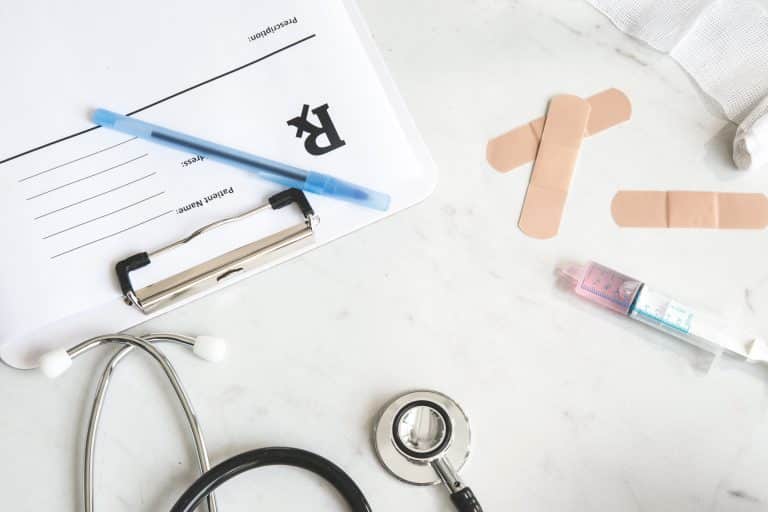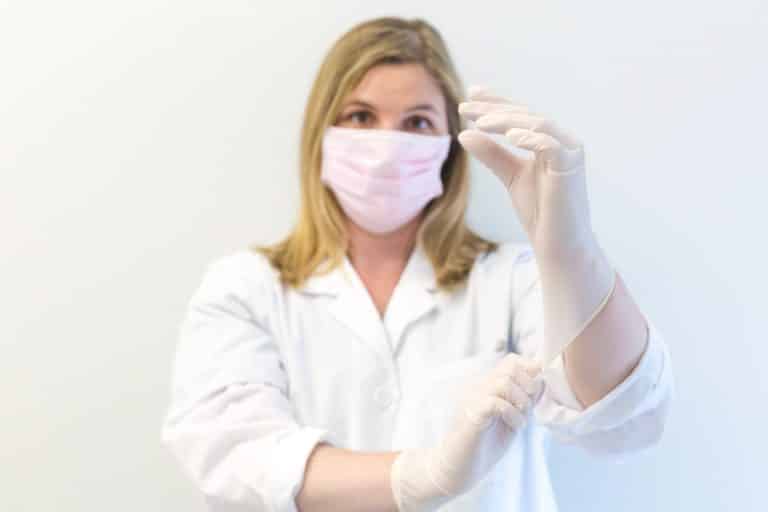CNA Safety And Emergency Procedures 3
You arrive at the client’s home for care. She shows you a burn on her arm. It is blistered and client is complaining of severe pain. You should
A burn that develops blisters can be serious and should be evaluated if it covers a large area of more than 3 inches (7.6 cm). The client's skin may appear red, white, or splotchy, with swelling. The client will also complain of severe pain. Do not break blisters. Call a supervisor for assistance.
An elderly resident has a advance health directive that includes a DNR (Do Not Resuscitate) order. You enter their room and find them not breathing. What do you do?
An advance directive states what a person wishes at the end of life. It is a legal and binding document that avoids any confusion for medical professionals and the person's family. If a person does not want to be resuscitated, the CNA should honor the resident's wish. Quietly notify the nurse when the resident passes away.
A resident with an obstructed airway
Choking occurs when food or an object is stuck in the trachea (windpipe or airway). A person who is choking cannot breathe or speak. They will automatically grasp their throat. Quick action is required. The Heimlich maneuver (abdominal thrusts) is used to dislodge the object. Do NOT perform the maneuver if the person is coughing forcefully and able to speak.
You walk into the dining room. The conscious resident has his hands to his throat and is making no sounds. The first thing you will do is...
A person who is choking will automatically grab their throat. This is a signal for help. Abdominal thrusts (the Heimlich maneuver) is the best response to choking. Calling for assistance as you prepare to do abdominal thrusts will alert others of the emergency. A quick back slap can be tried, but if the food does not immediately dislodge, the nurse aide must quickly move to start abdominal thrusts. Performing abdominal thrusts involves standing behind the client and using hands to exert upward pressure on the bottom of the diaphragm.
While getting a bed bath, a patient suddenly has a difficult time telling you that he is feeling weak on one side. The CNA should
Strokes can occur without warning. Remember the acronym "F.A.S.T." to identify early signs: F=Face drooping, A=Arm weakness, S=Speech difficulty, T=Time to call 911. Notify the nurse and call 911. If treatment is given within a short time, recovery is possible for a stroke victim.
The fire alarm has sounded. The nurse aide should FIRST
The nurse aide should be familiar with all fire safety policies and protocols. When a fire alarm sounds, all staff must respond to keep clients safe. Remember "R.A.C.E." to quickly act. R = Rescue/Remove all people who can not take care of themselves. A = Alarm, if it has not already been done. Pulling the alarm can be done at the same time as rescue. C = Confine/Contain the fire or smoke by closing doors to prevent or slow the spread. Smoke is especially dangerous for everyone. E = Extinguish the fire if possible, using a handheld fire extinguisher. Attempt to extinguish only small fires, as long as you can remain safe and have an escape route.
A resident puts on her call light to let you know that there was bright red blood in her bowel movement. What should you do?
A sudden appearance of red or blood in a resident's stool should be assessed. Although it could possibly be from diet or a hemorrhoid, it could also be a sign of internal bleeding. Notify the nurse to assess the situation and follow up with the resident's doctor.
Advertisement
A patient asks for an extra pat of butter from an aide who is unfamiliar with her. The aide should
Every patient has a diet plan that is specific for their medical condition. When working with a new or unfamiliar patient, always check the care plan or orders for the prescribed diet. If an item is not allowed, help the patient understand that there is a reason for the restriction. Ask the nurse to request that the dietician visit the patient to explain the diet.
A patient complains of pain. The CNA should
As the CNA, your patients will often tell you first about their pain. It is beyond the scope of CNA practice to give a medication, but appropriate to report it to the nurse. The nurse can talk to the patient about the pain and give medication or notify the doctor.
The call light for a patient should always be ___________.
Always check that the patient's call signal is within reach before leaving the patient's room or after providing care. Caretakers must constantly be available to patients. Bed should be in its lowest position for safety.
The nurse's assistant discovers an unconscious resident on the floor while making rounds around four in the morning. What must the nursing assistant do first?
Call for assistance when a patient or resident falls asleep, and then check to see if they are breathing and have a pulse right away. Try waking them up. Start CPR while a coworker dials 911 if they are unresponsive, not breathing, or not breathing regularly.
Vomiting can be harmful since it may result in
The contents of the stomach are vomited. Because it is so corrosive, breathing it in can be harmful to the lungs. The cough reflex typically prevents anything from entering the lungs, but if a patient is frail, under the influence of medication, or elderly, the response may not work as well. Aspiration of vomit into the lungs can result in choking or pneumonia, both of which are potentially fatal conditions.
The hose of a fire extinguisher is pointed at the ________ while being used.
According to the Occupational Safety and Health Administration (OSHA), the fire extinguisher nozzle needs to be pointed at the fire's base. Remember to pull, aim, squeeze, and sweep when using the PASS technique. Every year, your facility will conduct training on fire emergencies.
What kind of injury are elderly patients most susceptible to?
The greatest risk of harm for those over 65 is falling. Even one fall doubles the likelihood of another one. A significant injury, such as a fractured bone or head trauma, occurs as a result of one out of every five falls. Even if there are no injuries, falling fears might cause people to cut back on their usual activities. Anyone who slips or trips should call their doctor right away for a checkup.
Advertisement
A resident who is currently lying in bed and relaxing complains of having trouble breathing. What ought you to do?
Fowler's position can help a client who is experiencing trouble breathing. When the client is seated in the Fowler position, they are 90 degrees upright, which allows the chest to open up as much as possible. The flat positions of prone (on the abdomen), supine (on the back), and lateral (on the side) can all exacerbate respiratory difficulty.
Diabetes affects your home health client. When you arrive at his house, you discover him to be frail and listless yet still able to obey orders. He cannot tell you when he last took his insulin or ate. What should you complete first?
Check the blood sugar level of a diabetic client right away if they are tired and challenging to wake up. A result of less than 70 mg/dl or more than 200 mg/dl is a medical emergency and necessitates rapid medical attention. For extremely low or extremely high blood sugar levels, every home health client has a plan and supplies. Contact emergency medical services if you're unsure.

